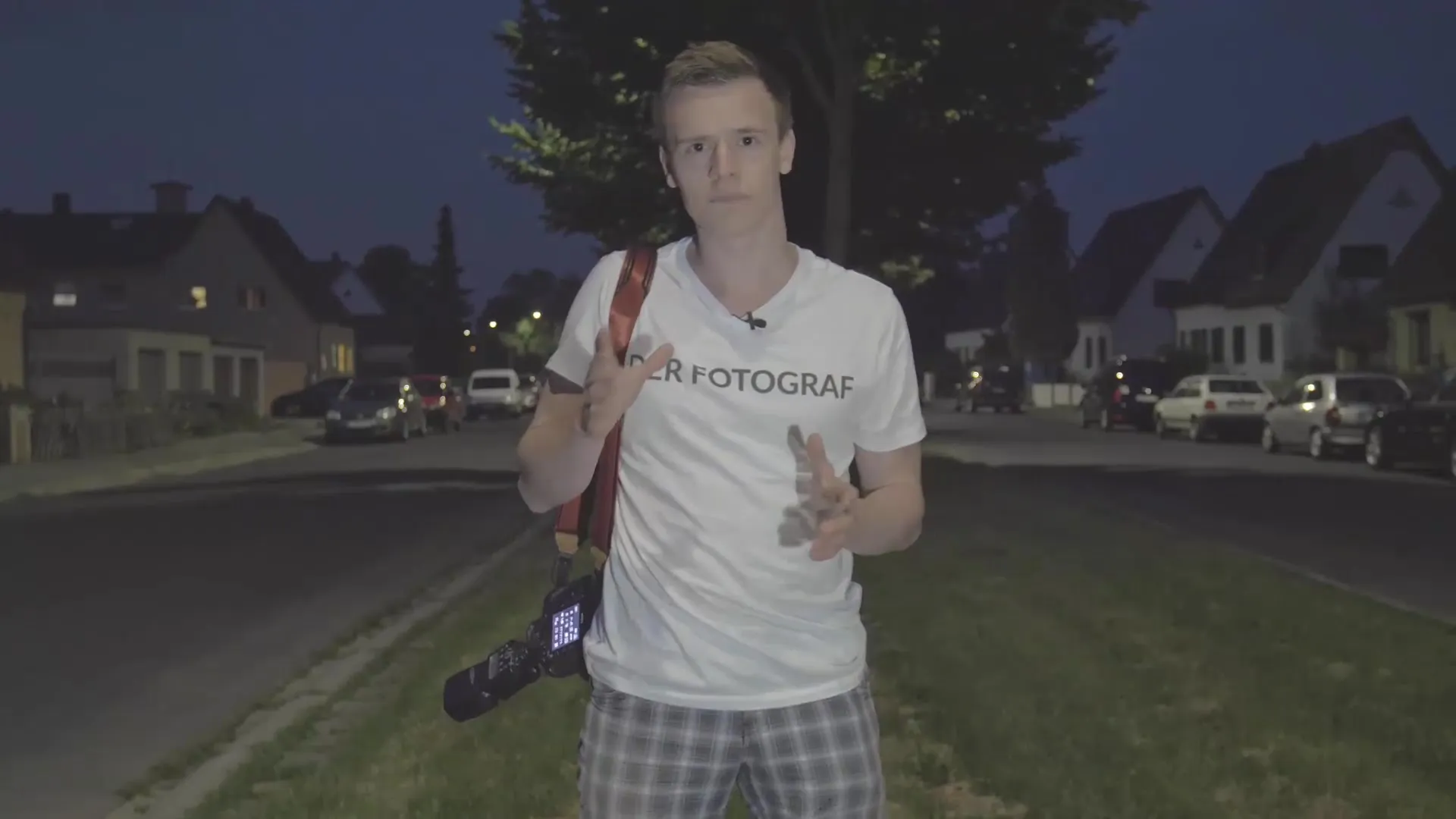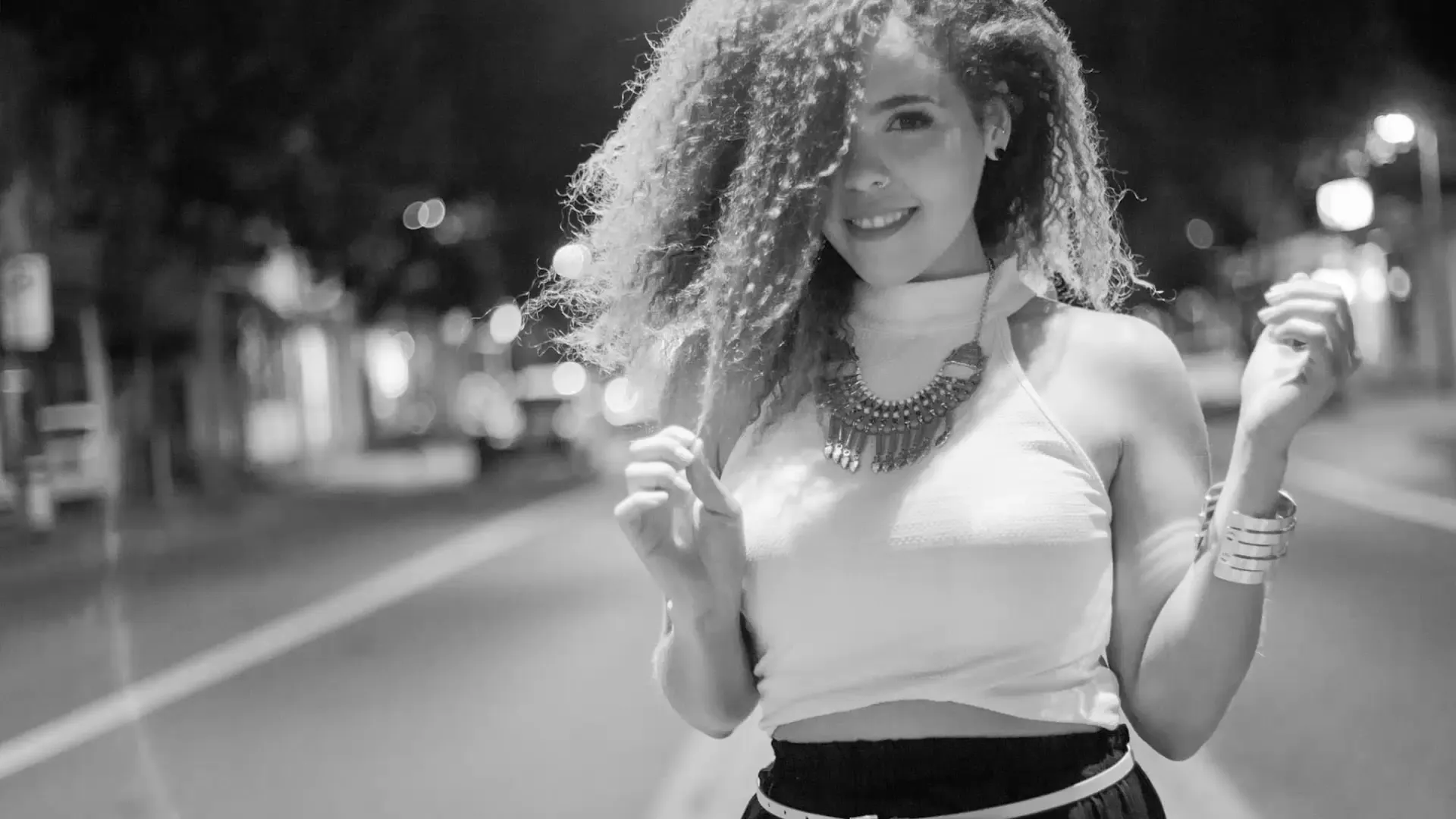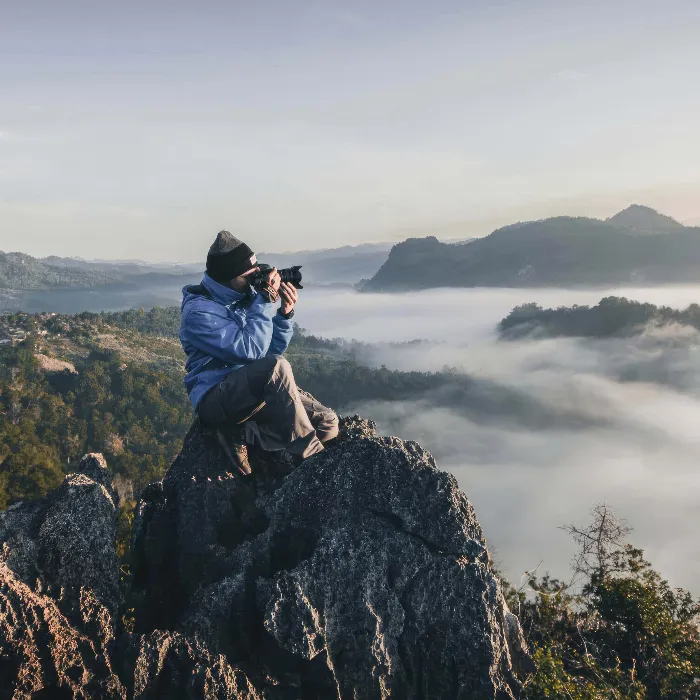Photography in the dark can be a real challenge. As light fades, focusing becomes a test of patience. Although many cameras are equipped with autofocus, their performance significantly decreases in the dark. Often, there is not enough contrast for precise focusing. Fortunately, there is an effective tool: the AF-assist light. With this guide, you'll learn how to properly use your camera's assist light to achieve sharp images even in low-light environments.
Key Insights
- The AF-assist light is a useful feature in the dark.
- Many cameras come with a built-in IR assist light.
- You can also use external light sources to make focusing easier.
- High ISO values and wide apertures help improve image quality.
Step-by-Step Guide
1. Understanding the AF-assist Light
Before you start focusing in the dark, it's important to understand what the AF-assist light is. Some camera models come equipped with a built-in IR assist light, allowing them to provide automatic support in low light. This assist light typically works by projecting a red blinking grid onto the subject, which helps the camera automatically recognize focus.

2. Adjust Camera Settings
To effectively use the AF-assist light, you may need to adjust the settings in your camera menu. Make sure the assist light is activated. Check the flash options, especially if you're using a speedlight. If the assist light doesn’t illuminate, it might be because you need to adjust some settings in the menu.
3. Activate Autofocus
Now activate your camera's autofocus. Point it at the subject you want to photograph and watch to see if the assist light activates. The blinking red light helps to identify contrast points and allows for faster and more precise focusing in challenging lighting conditions. Make sure the assist light is visible when you're trying to take your shots.
4. Choose the Right Aperture and ISO
To maximize image quality in dark environments, you should work with a wide aperture and a high ISO value. A large aperture lets in more light to the camera, improving sharpness. High ISO values allow you to shoot clear images even in poor lighting. Adjust these settings as needed to achieve the best possible results.
5. Alternatives to the Assist Light
If you find that the assist light is insufficient or unavailable, you can also use an external light source. A small light can help briefly illuminate the subject so the camera can find focus. Shine the light on the subject, position the camera, focus, and then turn off the light before taking the photo.

6. Photographing with and without Assist Light
Experimentation is key to improving your photography. Try shooting images with the assist light and without it to see which results work best for you. Maintain a high ISO value and a wider aperture to create an interesting image with an analog look. Explore the differences between shots with flash and without to find your personal style.
7. Share Sample Photos and Experiences
To document your progress, take some sample photos in varying lighting conditions. Share your results with others and analyze together what you can improve. Photos taken in dark environments can have a special mood and help you continuously enhance your skills.
Summary - Focusing in the Dark: How to Use the AF-assist Light
The AF-assist light is a crucial tool for photographers working in dark environments. It enables precise focusing even when contrast is lacking. With the right settings and creative alternatives to the assist light, you can achieve impressive images even in poor lighting conditions.
Frequently Asked Questions
How do I activate my camera's AF-assist light?You can find the option in your camera's menu, often under the flash or autofocus settings.
Can I use the assist light in daylight?Yes, the assist light can be activated during the day, but it is not necessary if there is sufficient light.
Is it necessary to use high ISO values?High ISO values are useful in dark lighting conditions to improve image quality, but they can cause image noise.
How can I prepare my camera for dark environments?By adjusting the aperture and ISO values as well as activating the assist light, you can optimize your camera for dark environments.


